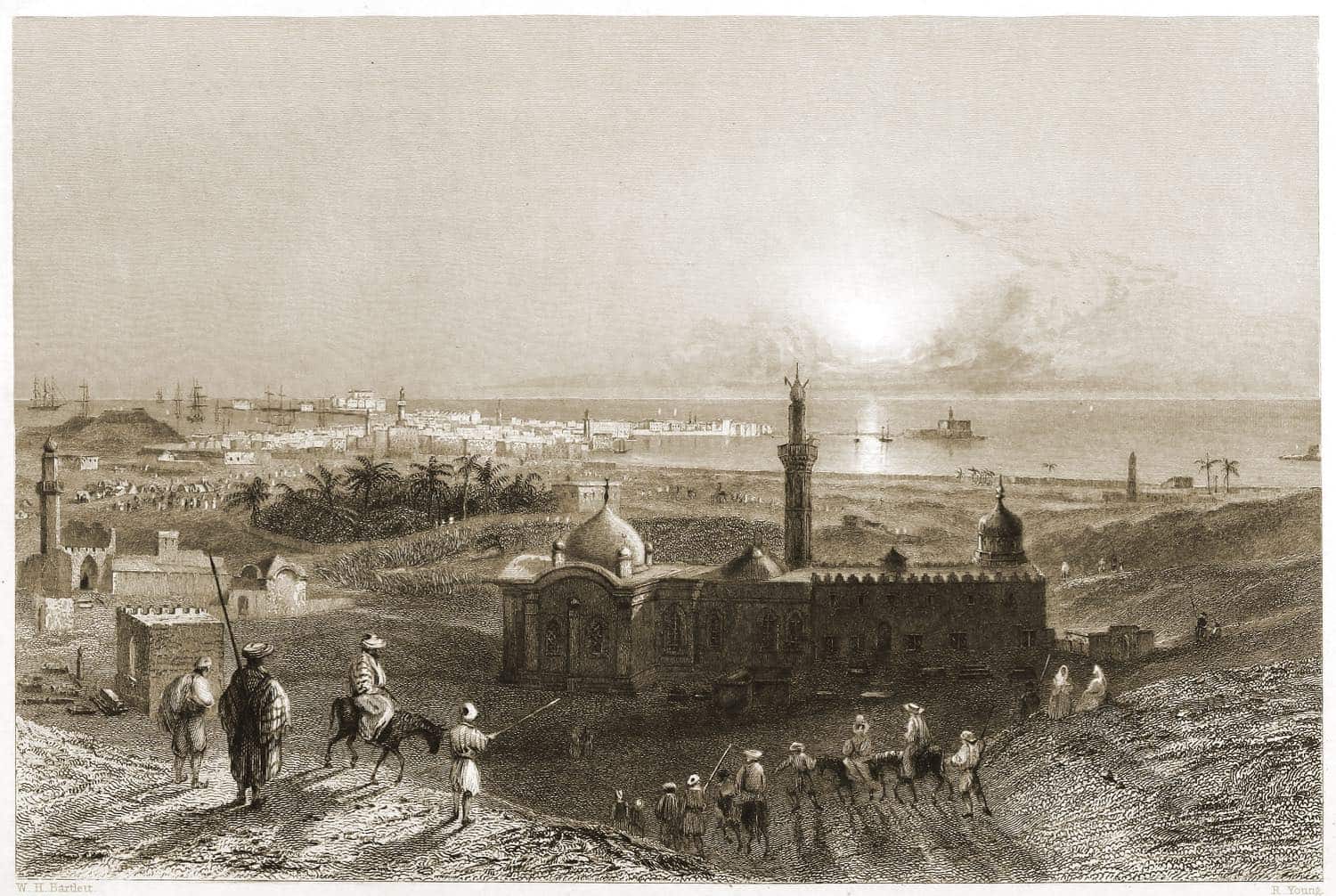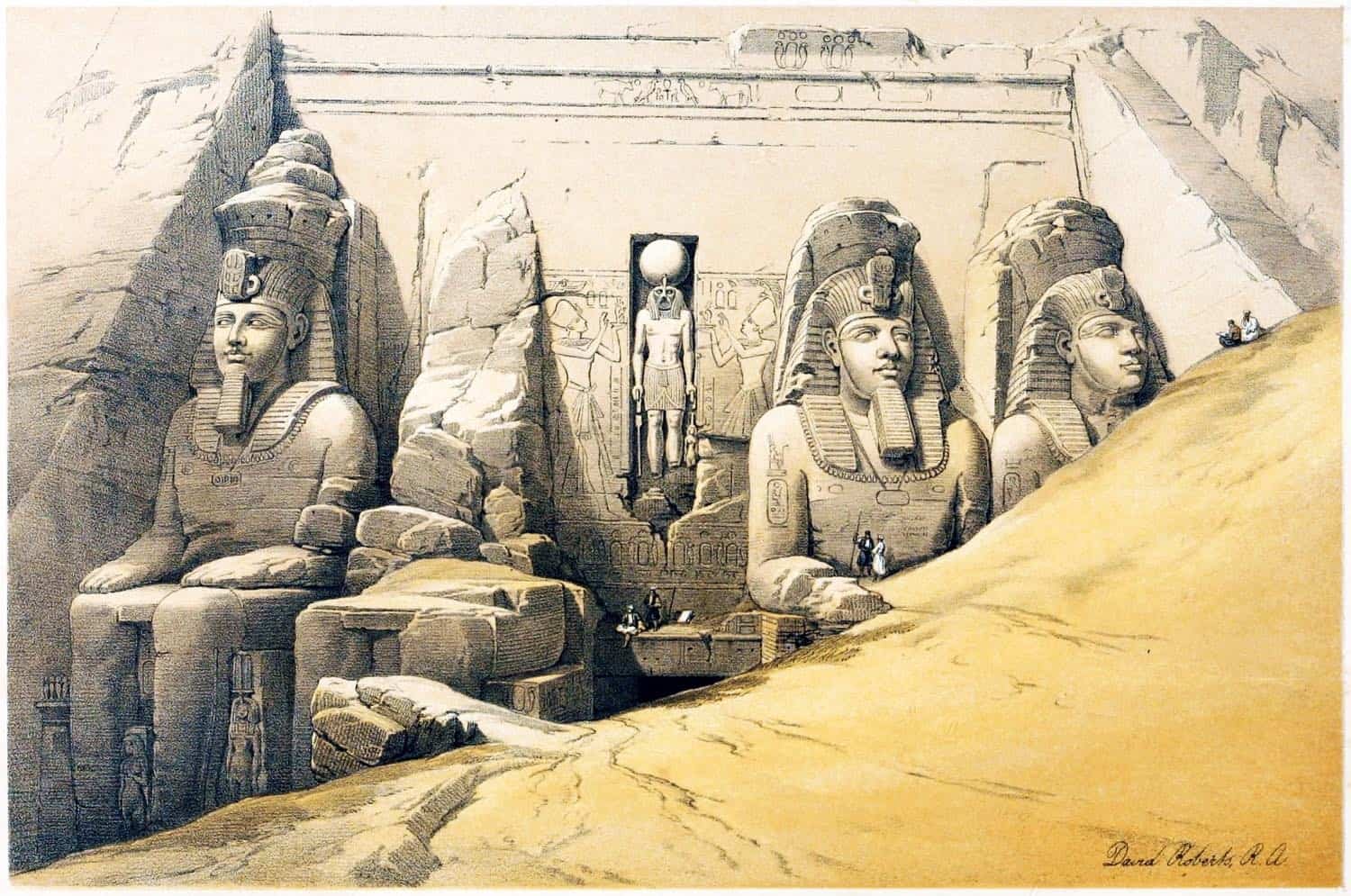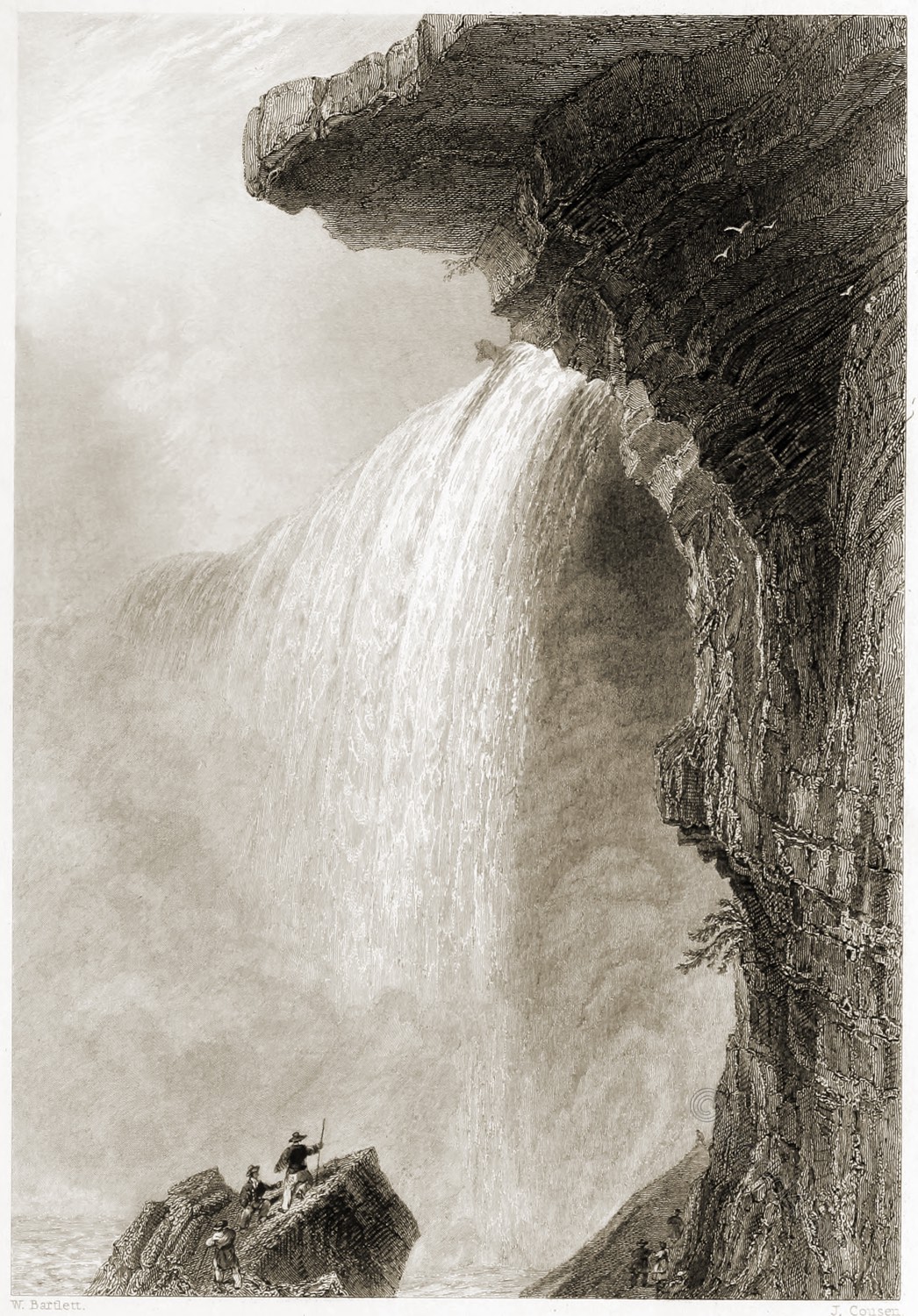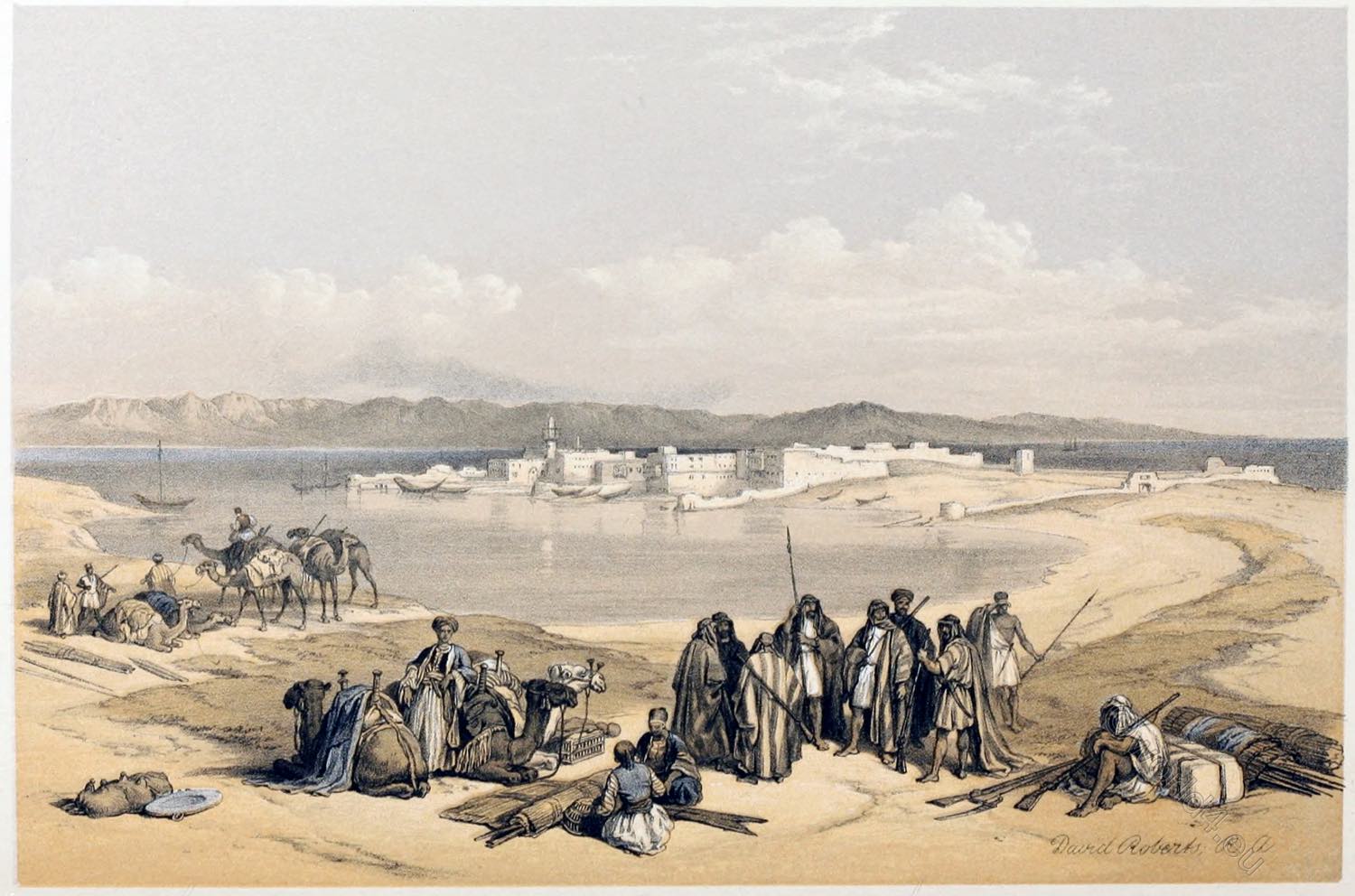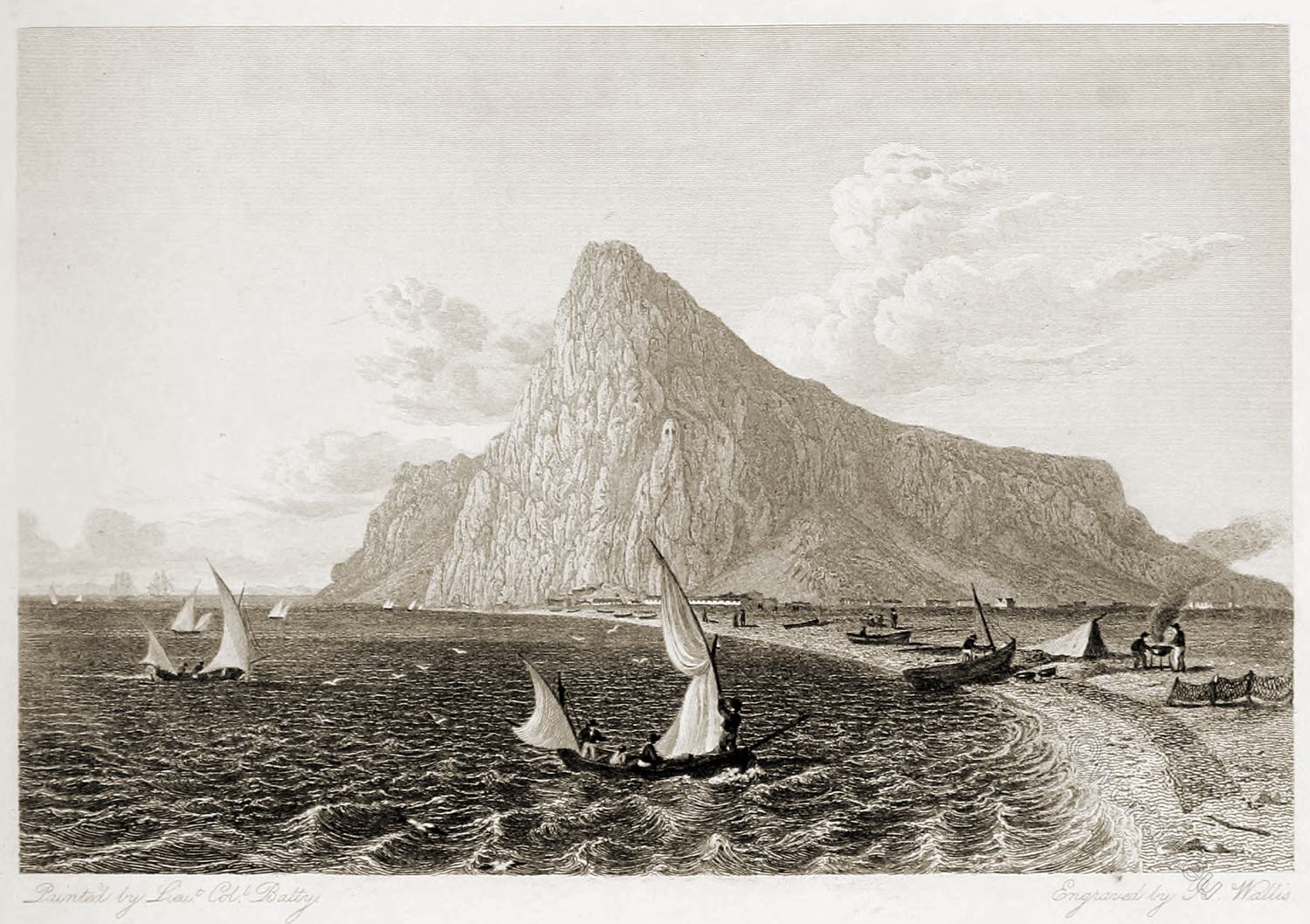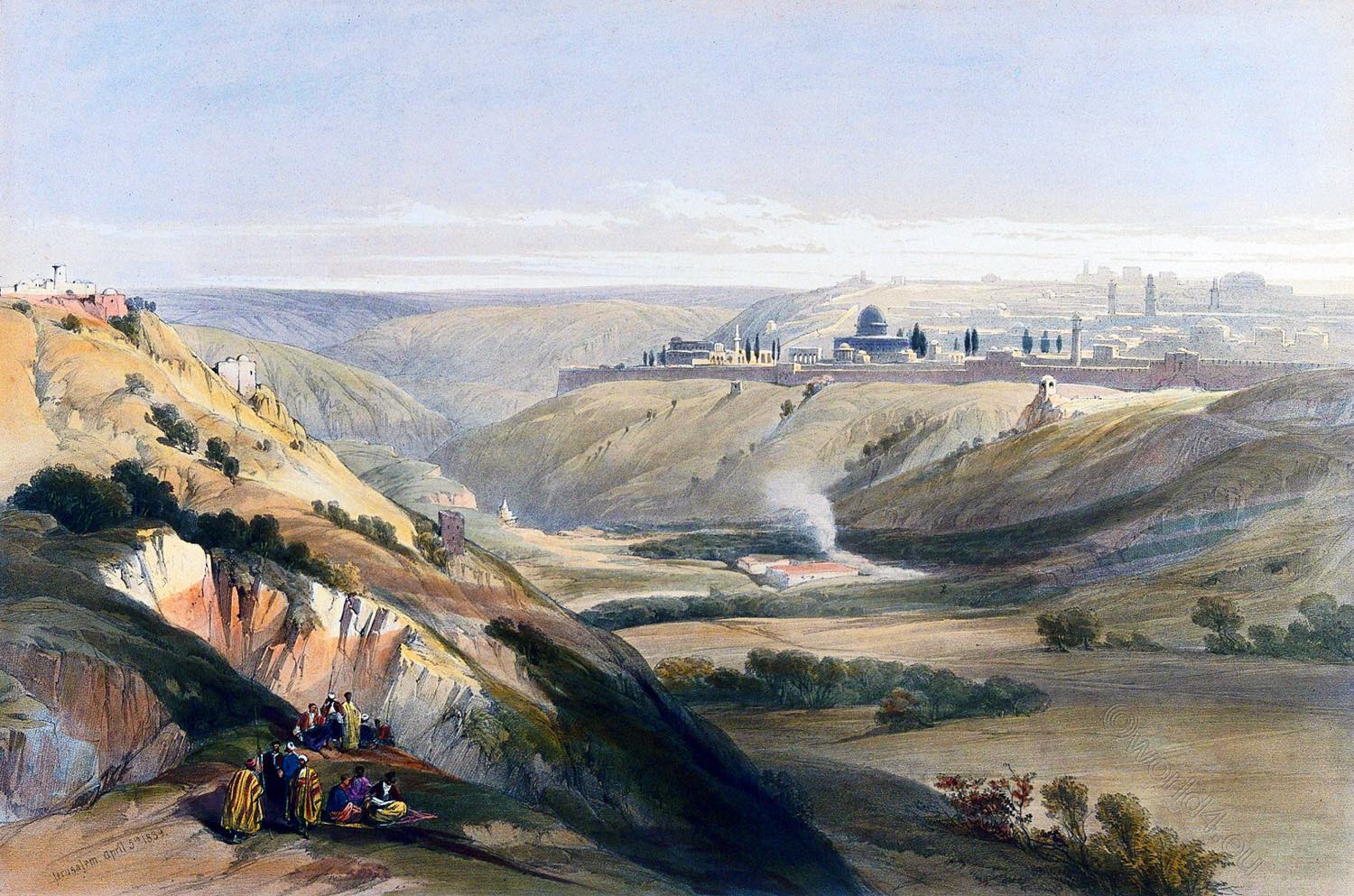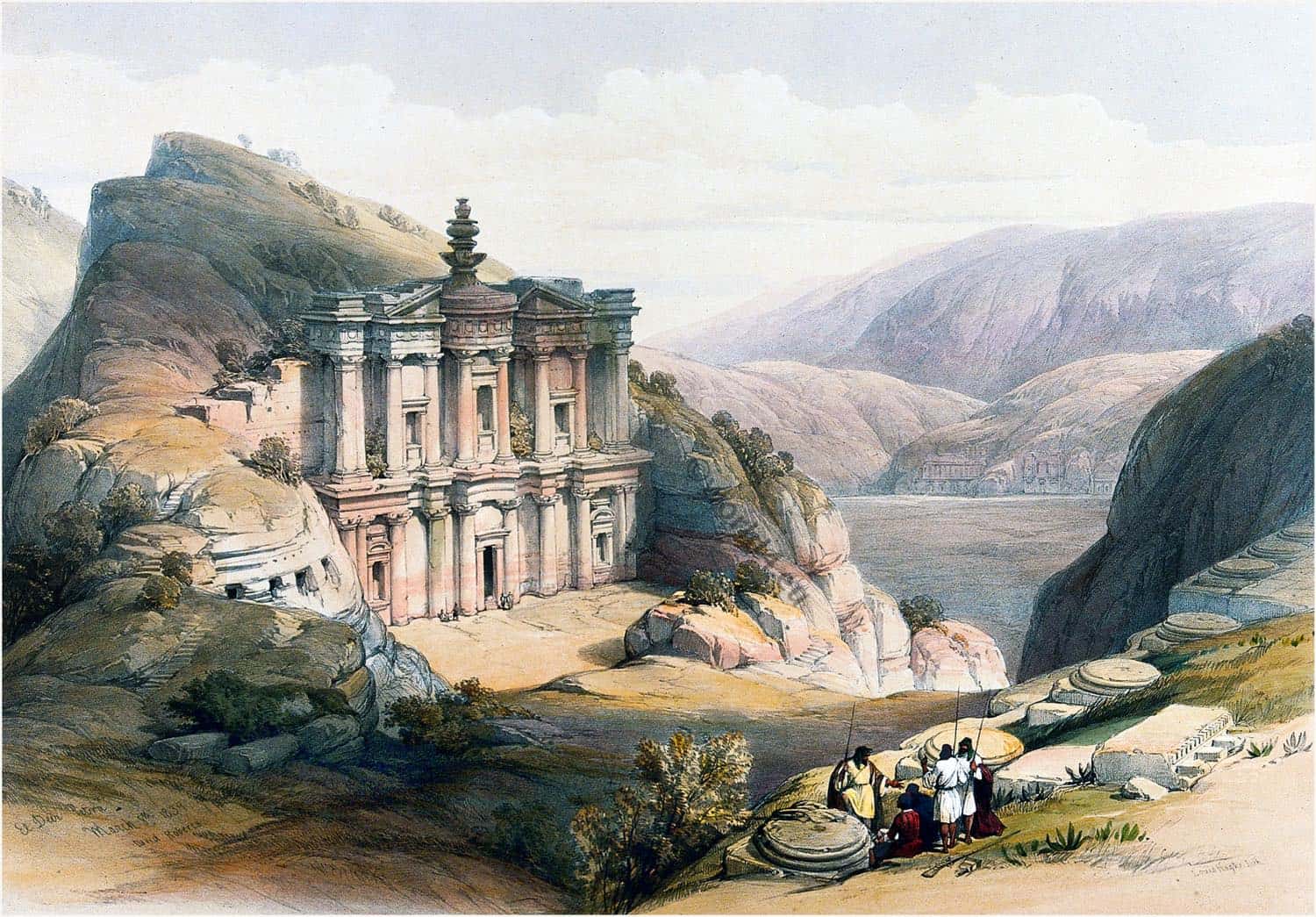
EL DEIR.
El Deir is an imposing stone rock building near the ancient Jordanian city of Petra. The monument was built by the Nabataeans in the 1st century and, according to its dimensions, is 50 metres wide and about 39 metres high. El Deir was built in the middle of the 1st century AD and, contrary to what its present name suggests, did not serve as a monastery in the beginning. An inscription suggests a reference to the cult of the Nabataean king Obodas I, who had ruled at the beginning of the 1st century BC, without the exact connection becoming clear.
El Deir, (The Monastery) Petra, March 8, 1839, from “the 4th volume of the Holy Land”.
The general view of Petra strikes every traveller with admiration. Even the least enthusiastic break out into the language of astonishment. But an artist is the most natural describer of the picturesque, and Mr. Roberts’s pen brings the chief objects before the eye with a clearness and truth only second to his pencil. The following are extracts from his Journal:-
“March 6, 1839. We encamped in the centre of this extraordinary City. I did not expect to be much surprised at Petra, after seeing Thebes. But the whole is far beyond any idea which I had formed of it, in both magnitude and situation. The entire valley is strewed with ruins; the architecture a combination of the Egyptian with the Greek and Roman. Its beauty grew on the eye. . . .
“I am more and more bewildered with the aspect of this extraordinary City. Not only the City, which must be two miles in length by nearly the same in breadth, but every ravine has been inhabited, even to the tops of the mountains. The valley has been filled up with public buildings, temples, triumphal arches, and bridges, all of which, with the exception of one triumphal arch and one temple, are prostrate. Even of this temple the portico has fallen. Those of the buildings (or rather excavations in the rock) which remain are rent by time, excepting the Khasnè, which probably owes its preservation to the narrowness of the defile, and the deep recess in which it is situated. . . .
“To-day, accompanied by a guard of Arabs, we wound our way up a steep ravine; a broken staircase extending the whole ascent, which was nearly a mile. We at length reached the object of our journey, which was a building rarely visited, called El Deir (the Convent).
It is hewn out of the face of the rock, and is of greater magnitude than the Khasnè, being upwards of 100 feet in height. The capitals of the columns and the cornices are in the rough block, the details never having been finished. In the interior, facing the entrance, is a recess, with a platform ascended by two flights of steps, in the centre of which once stood an Altai-, the place where it joined the wall being distinctly visible; and over it is painted a Cross, showing that it has been used as a Christian Church.
“Opposite, and on the summit of a high rock, are the ruins of what has been a magnificent temple; the bases of the portico and colonnade on each side remain, with the Adytum, hewn out of the solid rock, and containing a beautiful ornamented recess. In a vault underneath, is a capital of one of the columns, in white marble, and in the best taste.
“El Deir stands a thousand feet above the level of the City. The view from this spot is magnificent, commanding a great extent of the valley of El Ghor; Mount Hor, with the supposed Tomb of Aaron crowning its summit; and the whole of the defile leading to the edifice, which is of the most romantic description, winding among perpendicular rocks, which turn the head giddy to look upon; while the site of the City itself is seen in all its extent below. Though the ruins of this extraordinary place are immense, they sink into insignificance when compared with these stupendous rocks. I often threw aside my pencil, in despair of being able to convey any idea of the scene.” 1)
1) Roberts’s Journal.
Source: The Holy Land, Syria, Idumea, Arabia, Egypt, & Nubia, by David Roberts (British, 1796-1864), George Croly, William Brockedon. London: Lithographed, printed and published by Day & Son, lithographers to the Queen. Cate Street, Lincoln’s Inn Fields, 1855.
Continuing
Discover more from World4 Costume Culture History
Subscribe to get the latest posts sent to your email.

